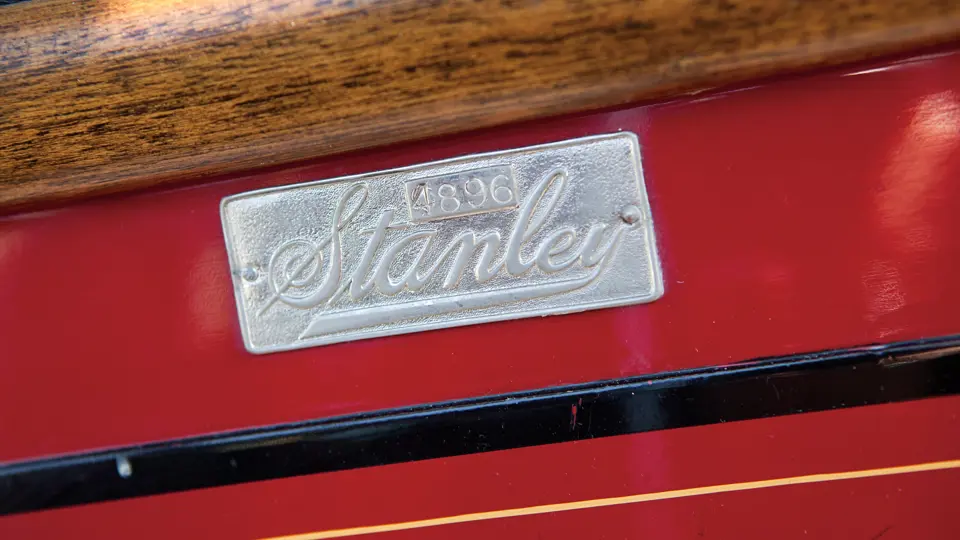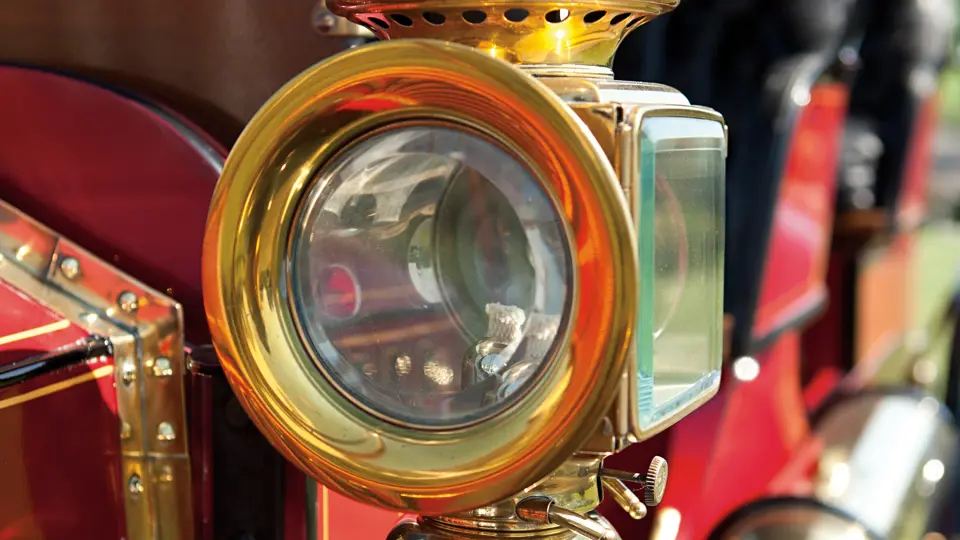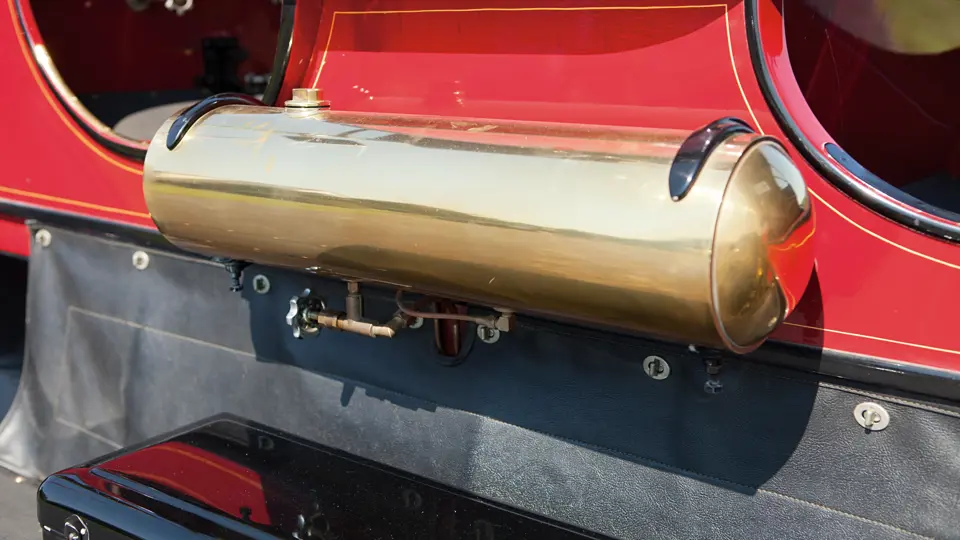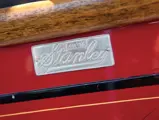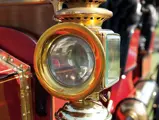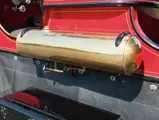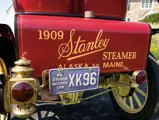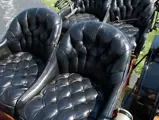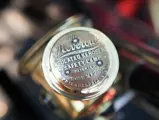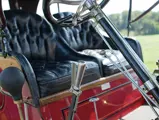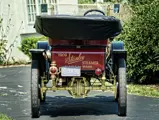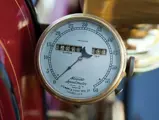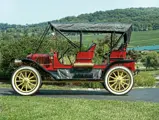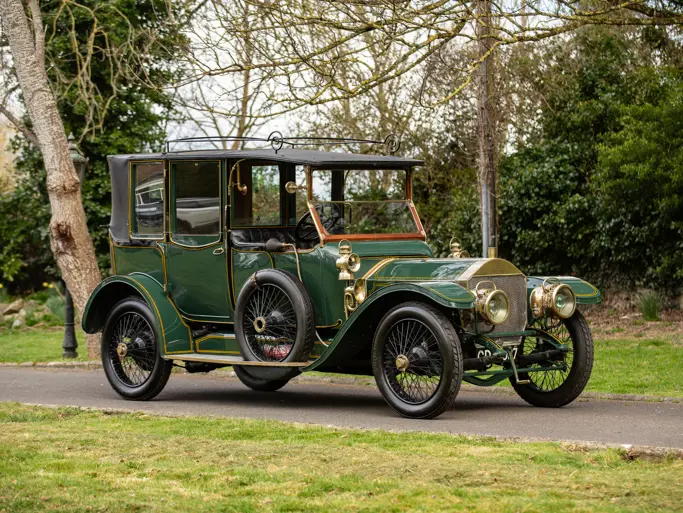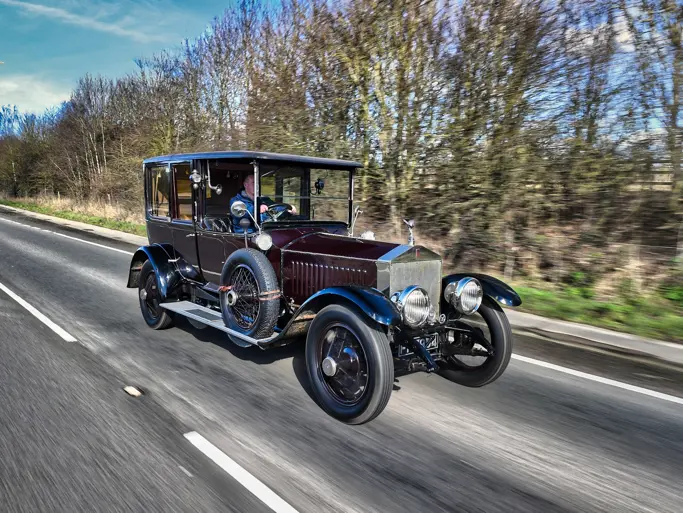20 hp, two-cylinder double-acting steam engine, front and rear full-elliptic leaf spring suspension, and rear wheel brakes. Wheelbase: 112 in.
• Offered from the collection of Raymond H. Carr
• Driven from Anchorage, Alaska, to Bar Harbor, Maine, in 2006
• Veteran Award winner at the 2011 100 Motorcars of Radnor Hunt
Whoever called this car a Stanley Steamer wasn’t a friend of the Stanley Brothers, as they hated that designation. It was a Stanley Steam Car, though Stanley Steamer has become a part of the American language. The brothers were identical twins who went by their initials, F.E. and F.O. They set about building what was, without a doubt, the most famous automobile that used steam power to propel itself down the road. The brothers retired from the company while in their sixties, about 10 years before its demise.
The Stanley was a beautifully engineered car that operated in virtual silence compared to gasoline-engine cars. The conventional gasoline powered manufacturers claimed steam cars were dangerous. According to competitors, when you went out driving in a steam car, you were never sure if you went straight ahead or straight up in the air; ridiculous, of course, but it was nonetheless bad for business. From 1902 to 1923, Stanleys were built in Newton, Massachusetts, but by the end of 1923, the company went bankrupt and fell into receivership. The plant was subsequently purchased by the Steam Vehicle Corporation of America, which continued production for the 1924 model year. A new Model 262 was introduced in 1925 with many advanced features, though less than 50 cars were produced. At the close of 1925, the Newton plant was sold and production moved to Allentown, Pennsylvania. No more than eight cars were built before the Stanley became a part of automotive history.
The Model R roadster was one of five models listed in the 1909 Stanley catalogue, selling for $1,440 with an optional convertible top. Its 20 horsepower twin-piston engine is a model of simplicity, with just thirteen moving parts. It can easily cruise at 40 mph or climb steep grades with ease. Mr. Carr purchased this Stanley from Jim Keith, of Virginia, who built it between 1995 and 1996. Mr. Keith is knowledgeable with the Stanley marque and owns two examples himself; thus, it was faithfully engineered to original specification using as many original parts as possible. Its wooden body is painted fire engine red with delicately pinstriped wheels and running gear painted butter yellow, highlighted by black fenders and running boards. Requisite brass trim includes drum-shaped headlights, running lights, a serpentine bulb horn, and a hexane fuel canister to power the pilot. At the age of 71, Mr. Carr drove this kerosene-fired, 20 horsepower steamer from Anchorage, Alaska, to Bar Harbor, Maine, a distance of 5,340 miles, from June 23–August 7, 1996, making him the only person to cross the continent in vehicles powered by gas, steam, and electric.
Attesting to the quality of the restoration and the care it has received, the Stanley was asked to participate in the 100th anniversary of the World Land Speed record in Ormond Beach, Florida, in 2006. It was displayed at both the 2009 Concours d’Elegance of the Eastern United States and its Philadelphia International Auto Show exhibition that same year. It was also the recipient of a Veteran Award at the 100 Motorcars of Radnor Hunt in 2011. Most recently, it has been part of the Alternative Energy exhibition at the AACA Museum in Hershey in 2012.




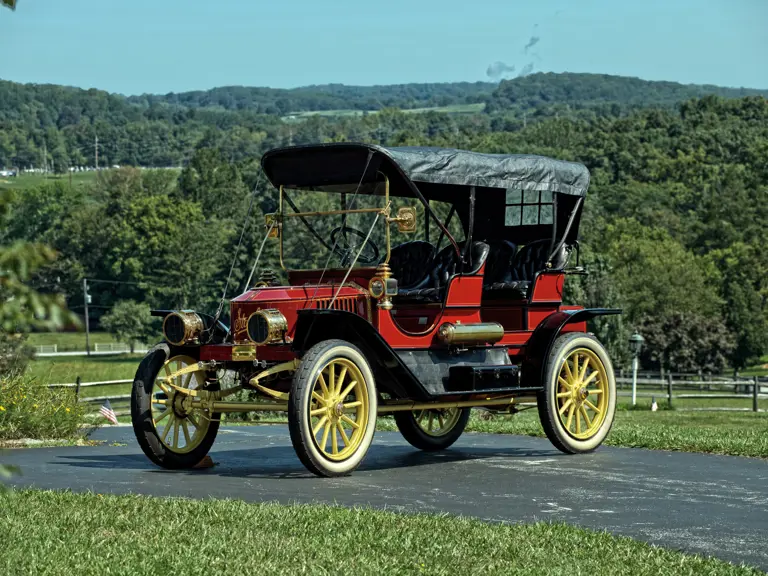


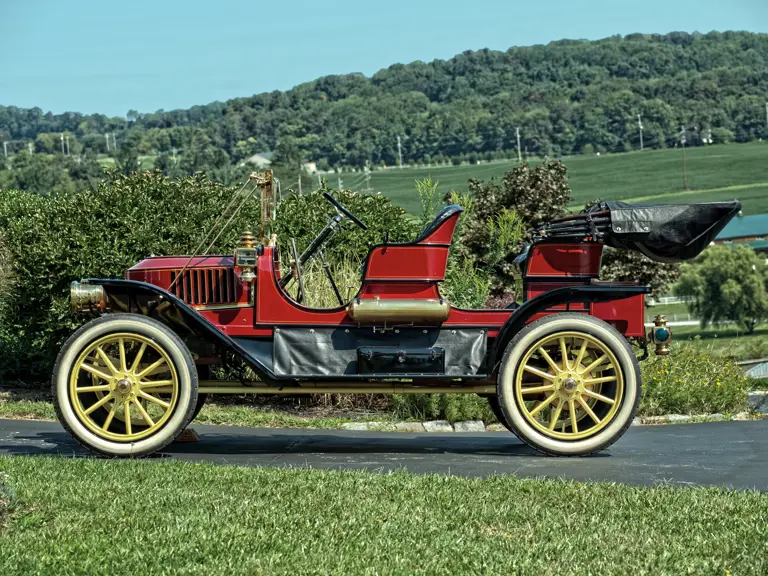
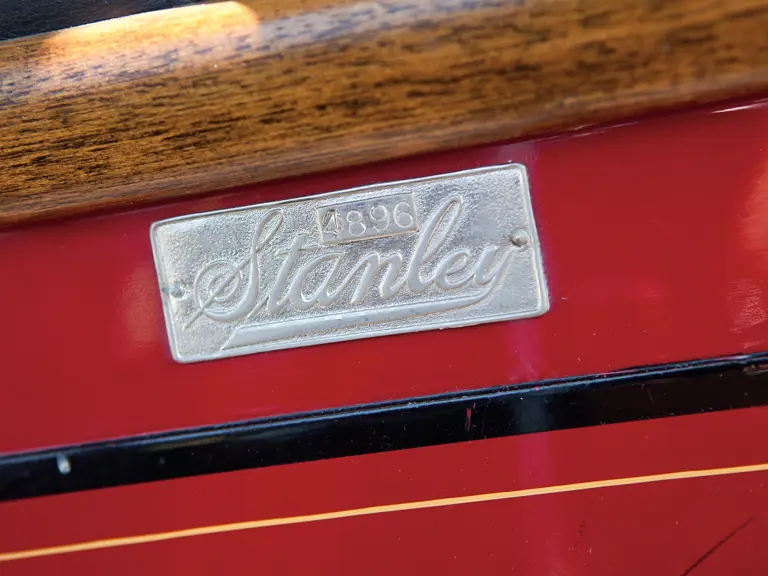
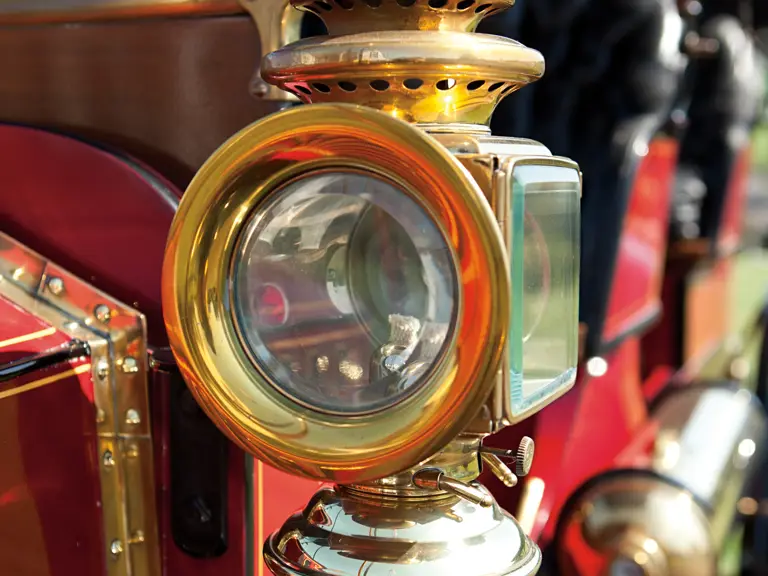

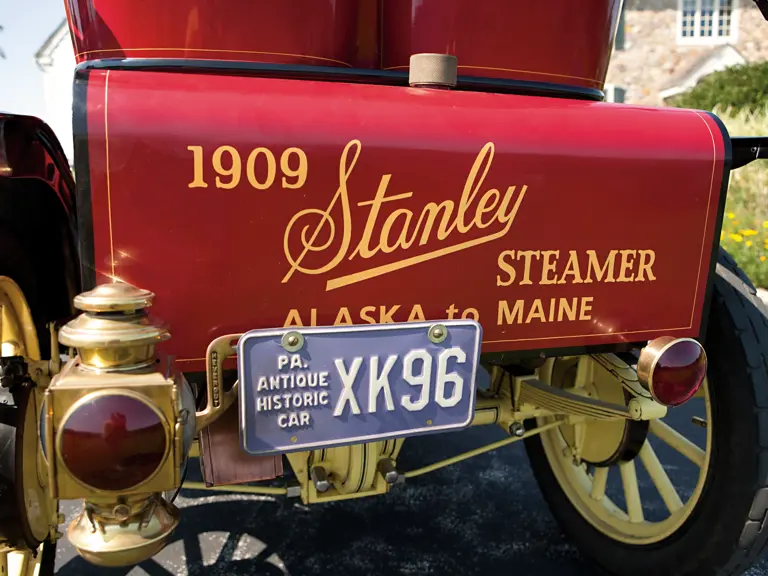
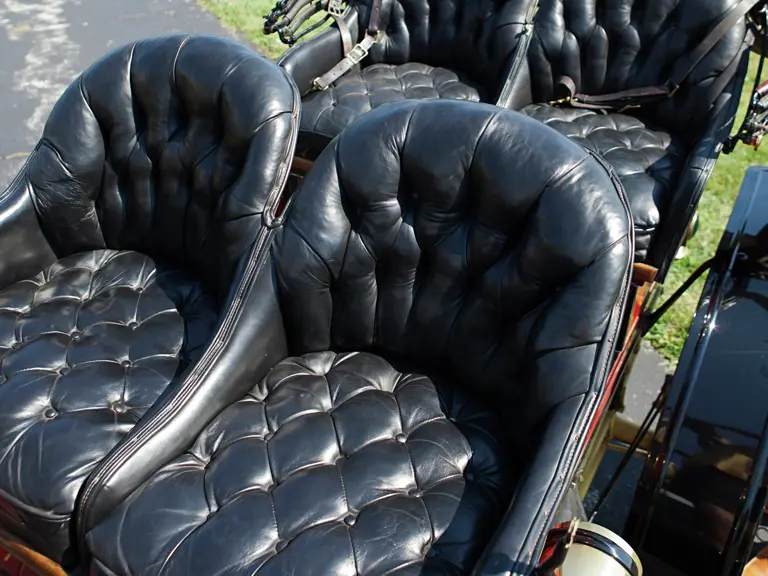

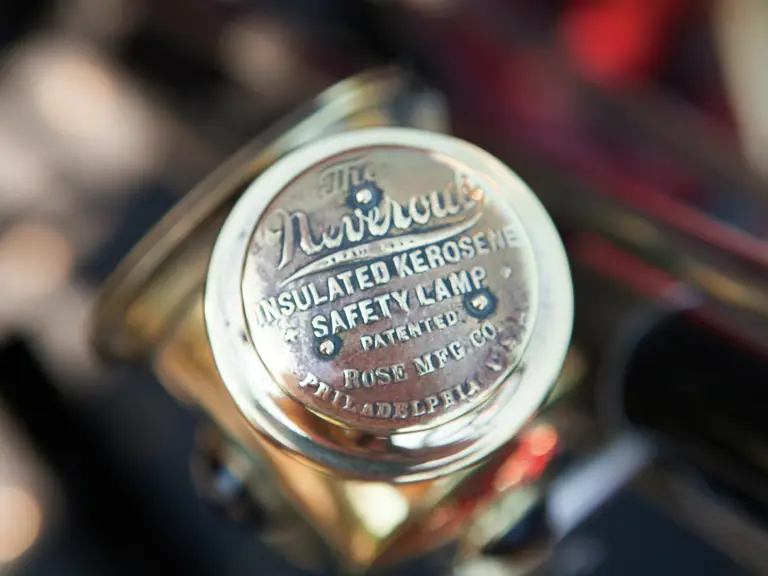
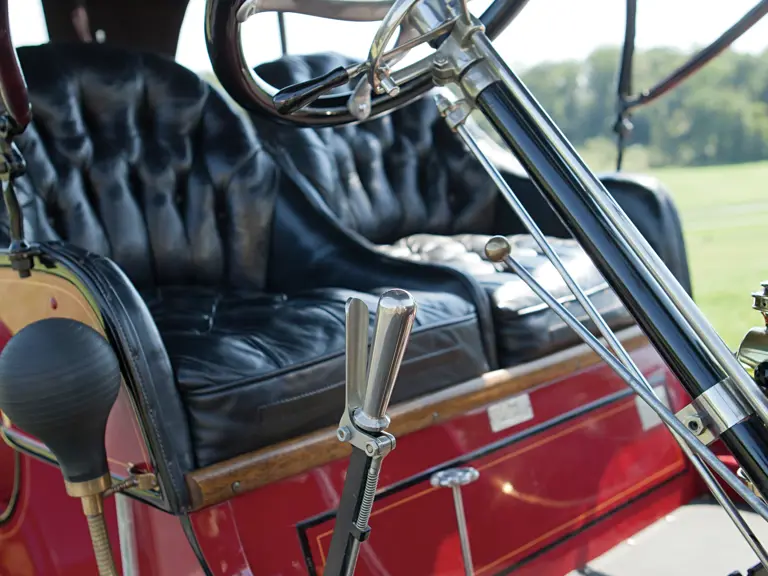
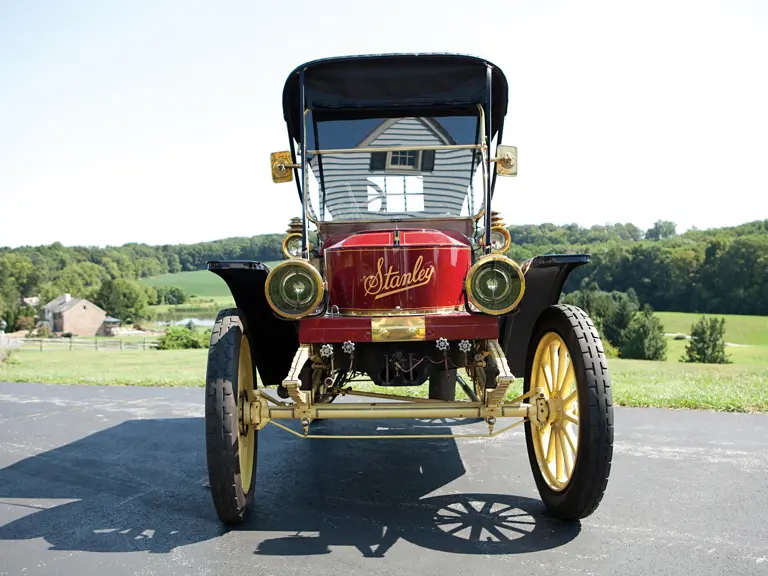

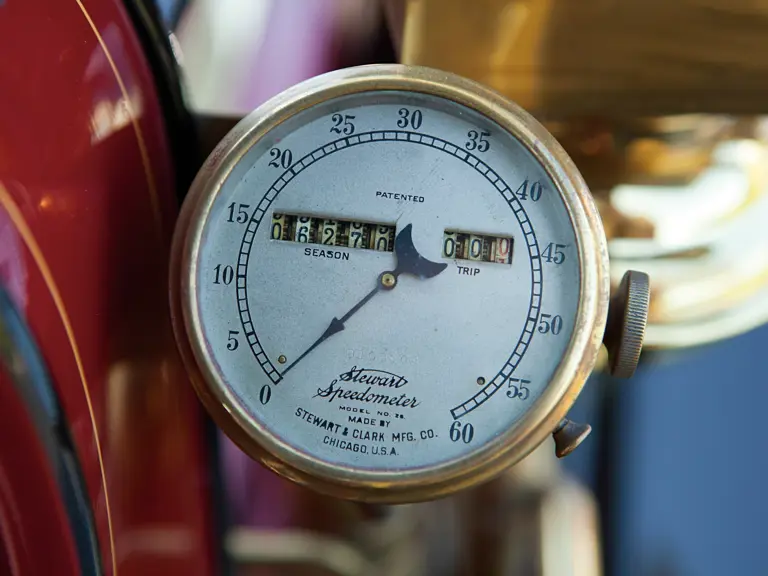
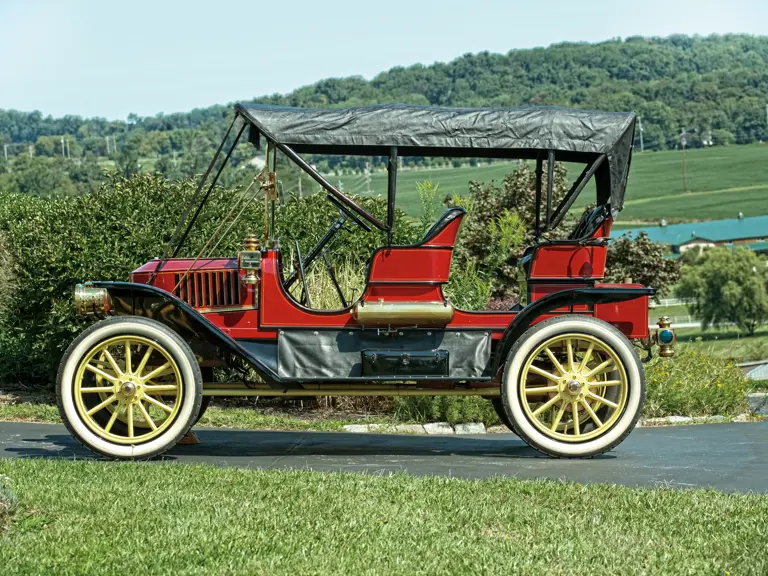
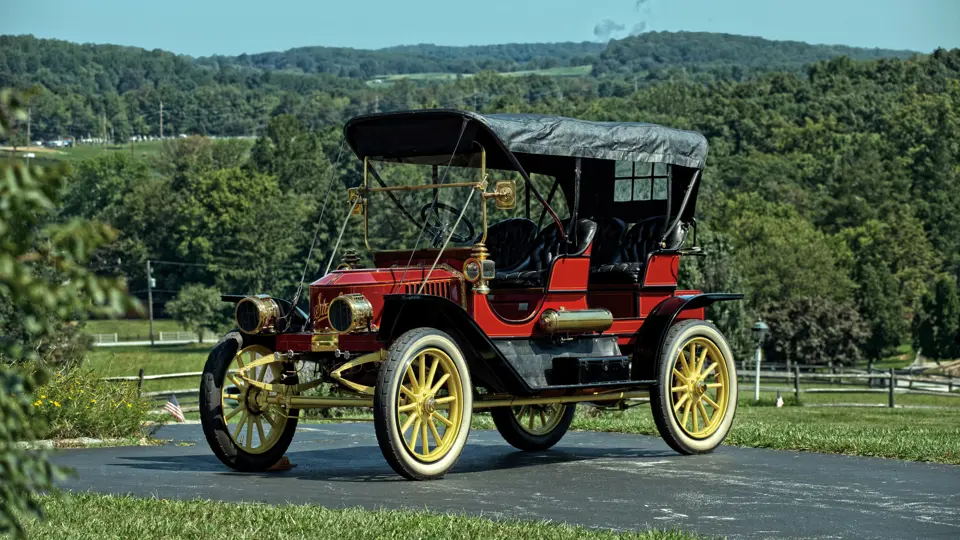
 | Hershey, Pennsylvania
| Hershey, Pennsylvania
